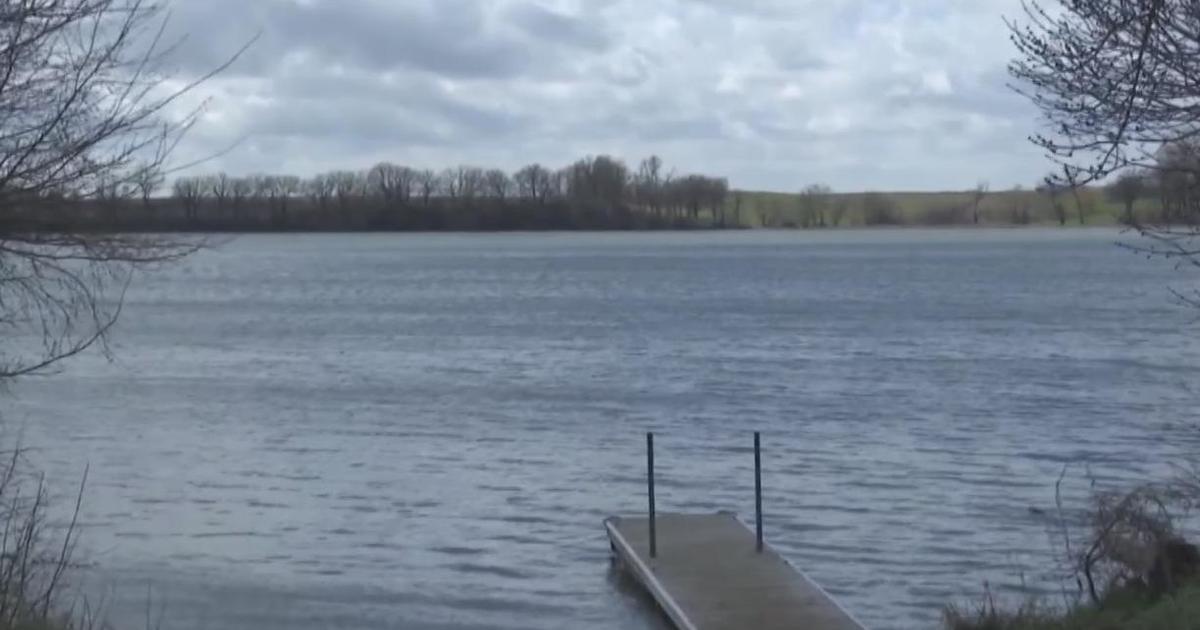Good Question: How Did The Asian Carp Get Here?
COON RAPIDS, Minn. (WCCO) -- You have probably seen the video by now: Invasive Asian carp that jump out of the water.
Now, DNA results taken near the Coon Rapids Dam show they may be heading up river towards Lake Mille Lacs. Nineteen of 48 water tests taken near the dam have come back positive for leaping Asian carp DNA.
"We don't know how they will do in our waters and frankly we don't want to find out," said Steve Hirsch of the DNR.
Hirsch is the water resources director for the DNR. He said when it comes to leaping silver carp we may have created a monster.
"They were originally imported into the United State into some of the southern states for us in private, aquaculture ponds to clean out algae," said Hirsch.
Because of flooding in the late '70s and early '80s, they got out and into the Mississippi River. They've been marching upstream ever since, and now they are on our doorstep.
Asian carp are big, voracious fish that feed at the low-end of the food chain. They eat all the plankton other fish might eat.
"They could affect any of the native species we have in our fish population- including our popular game fish like walleye and northern pike," said Hirsch.
So what is stopping them from taking over? If the carp get pass the Coon Rapids dam, they can hook up with the Rum River, where only one dam separates them from popular Lake Mille Lacs.
"There is a dam on the Rum River, but it is not a very effective fish barrier. So during high water they could get by there," said Hirsch.
Hirsch said the good news is the Coon Rapids dam is an effective fish barrier. The St. Anthony Falls lock and dam could also be shut down, but such a move would require an act of Congress. There is genuine concern, but not enough to panic.
"We are still fairly sure the numbers are low and that we are in the early stages of what could become a bigger problem," said Hirsch.
Additional DNA samples will be coming in from north of the St. Croix River. Hirsch said if they get positive hits there, then it will cause them to try and figure out if there are any other fish that may be causing these positive hits.
Some of the positive DNA results that recently showed up were collected beyond the Coon Rapids Dam, so the fish could be bypassing it already.



